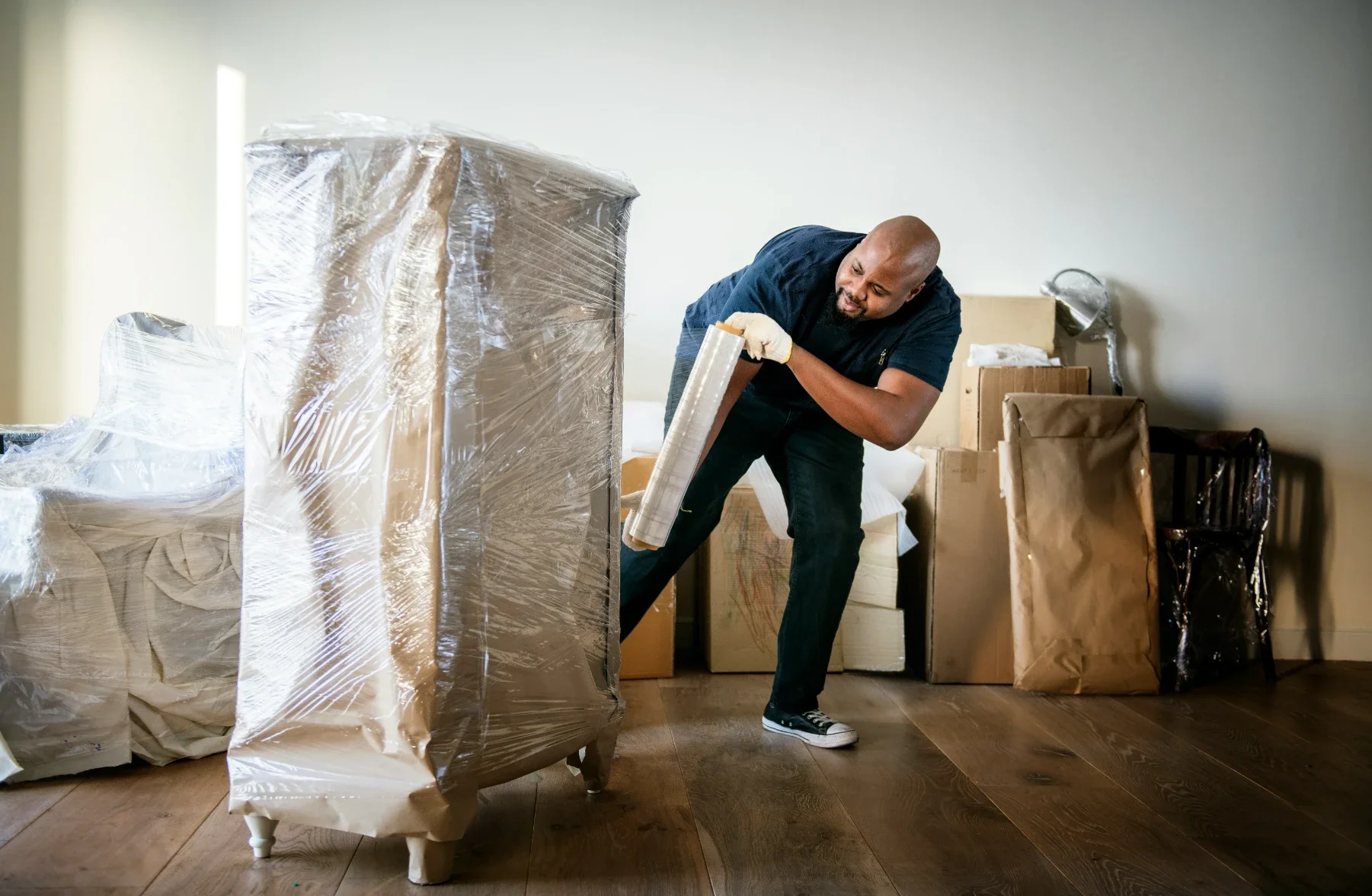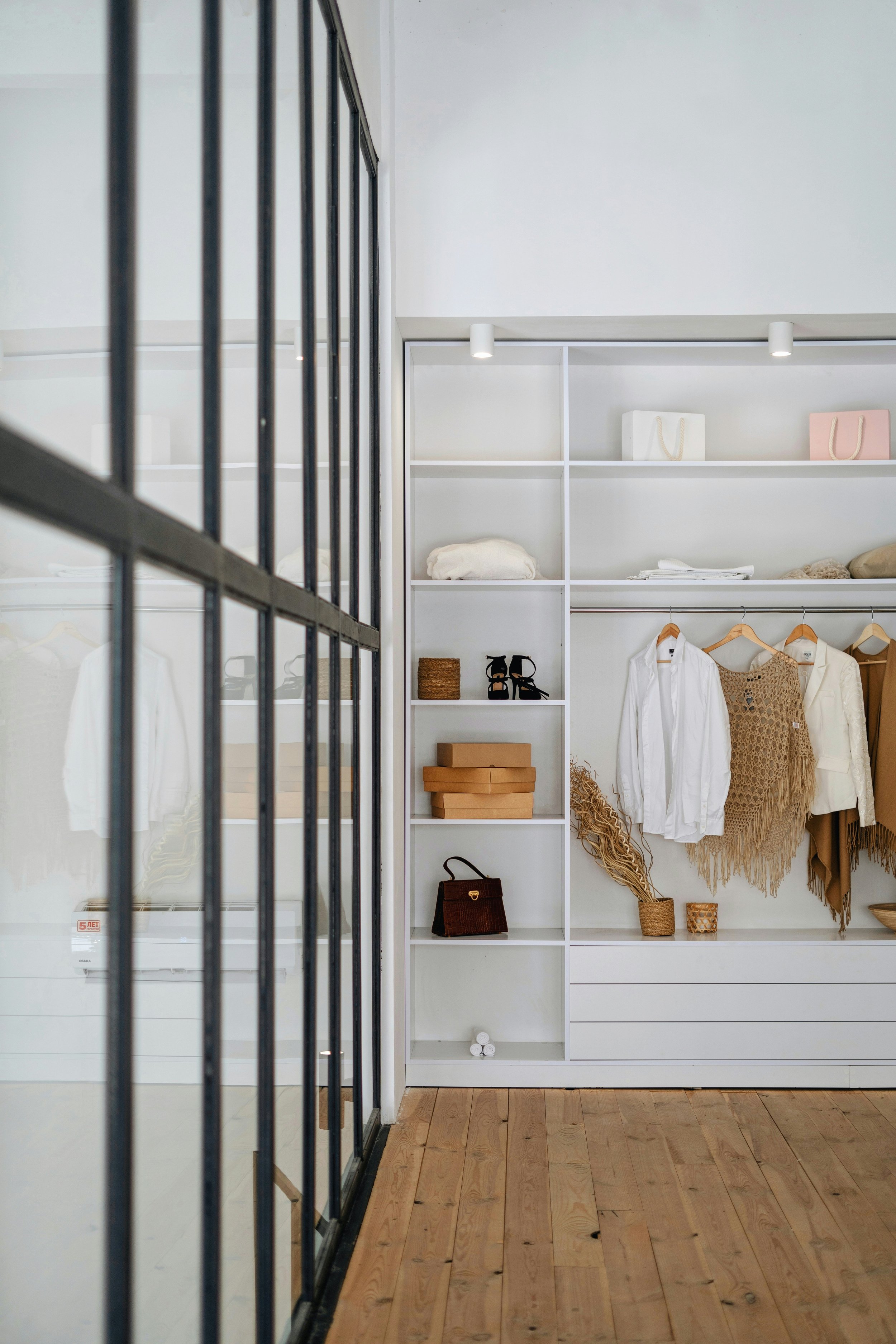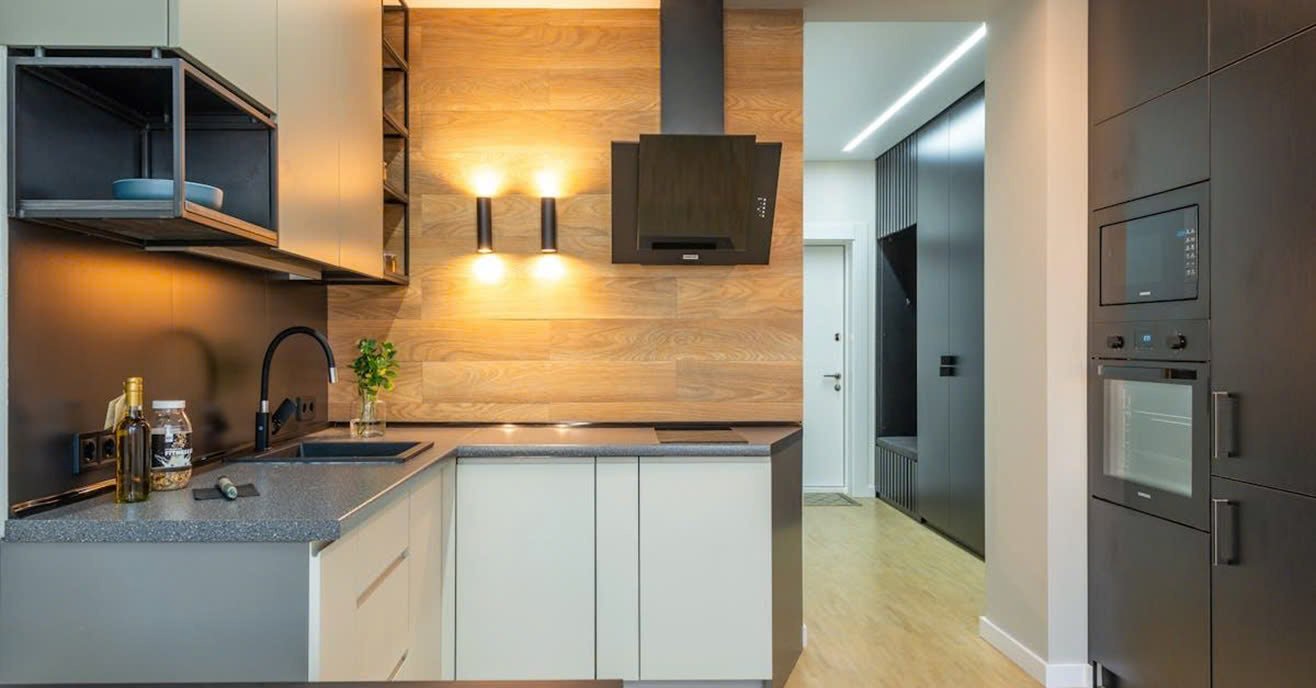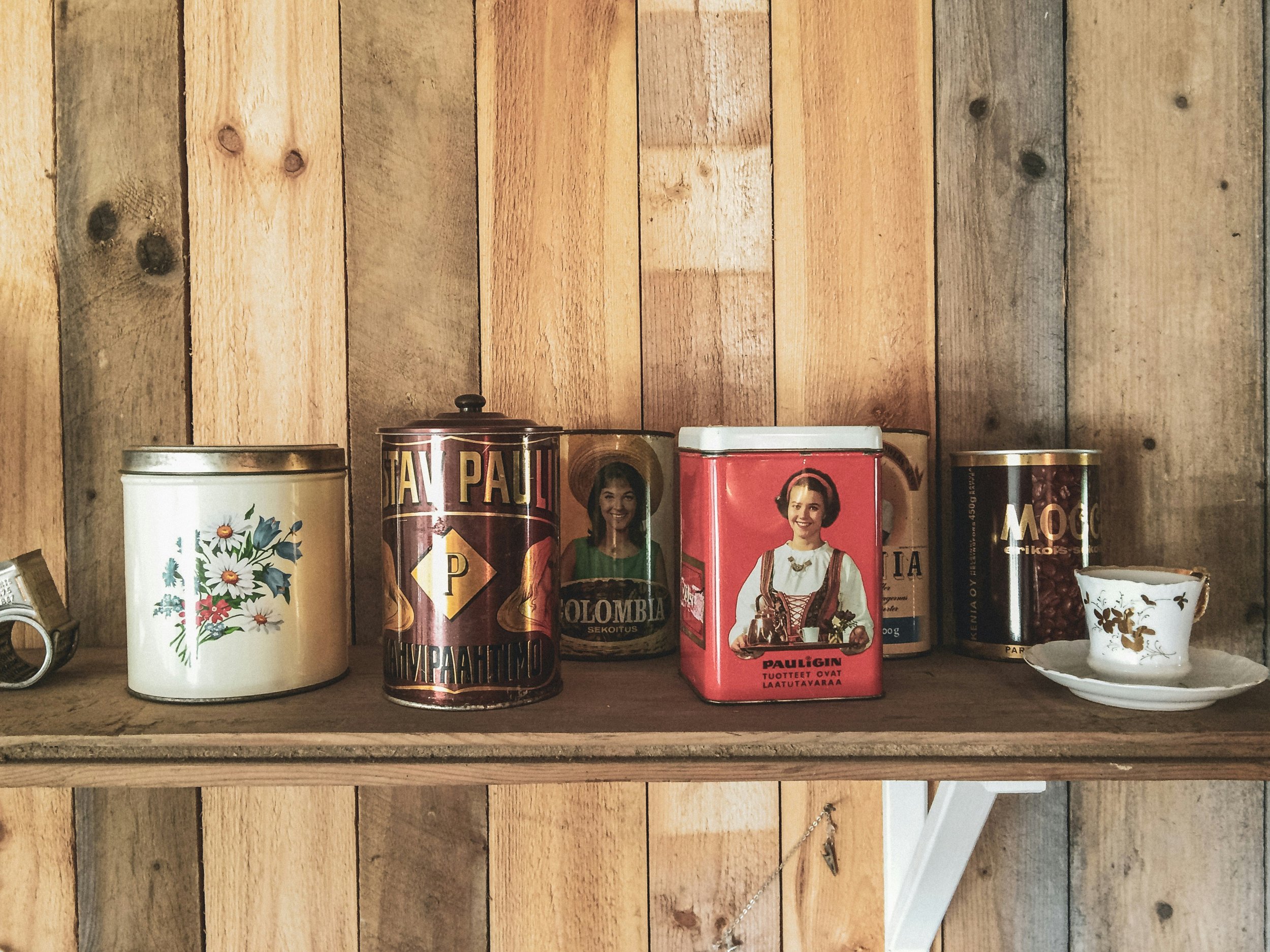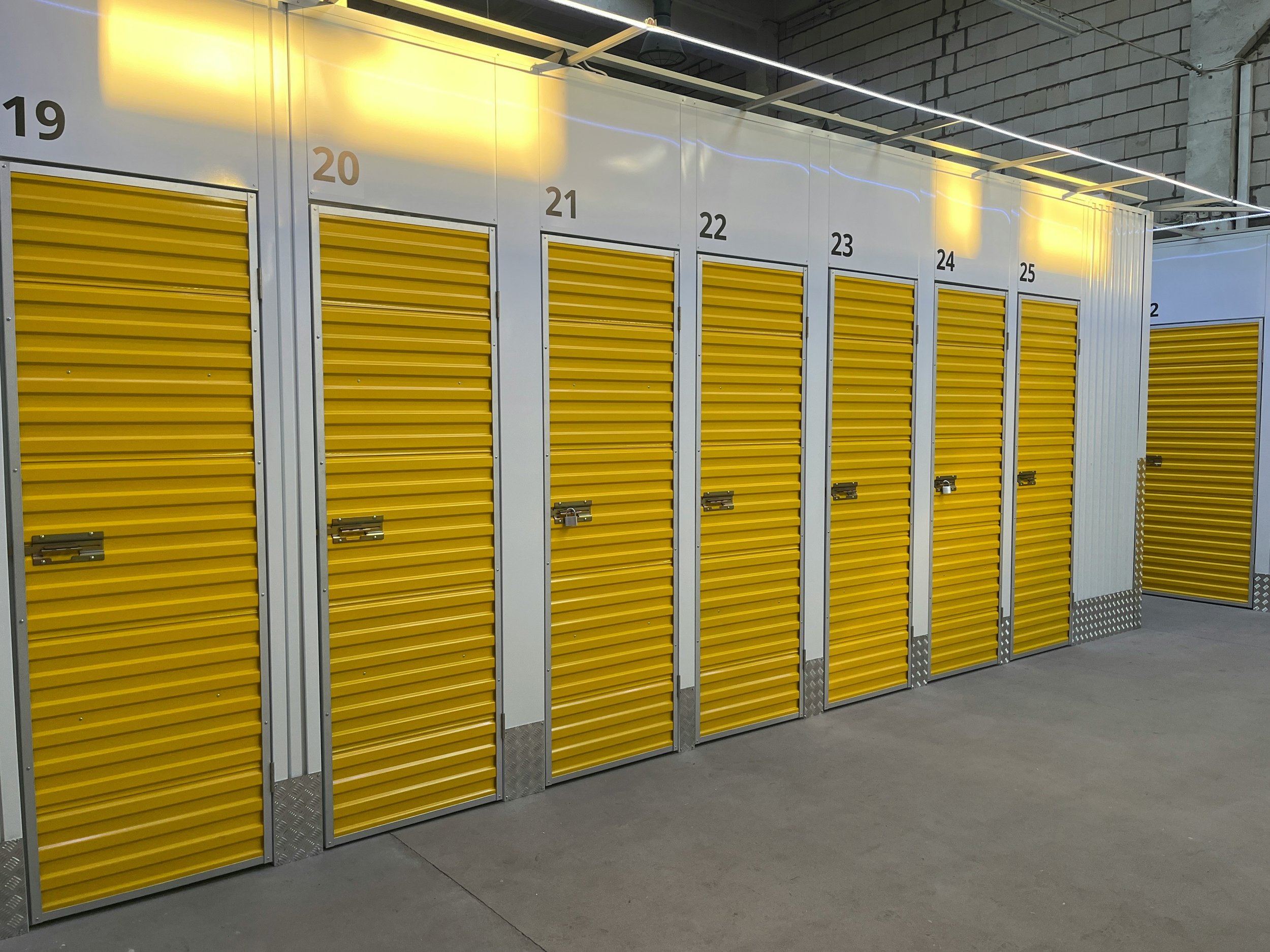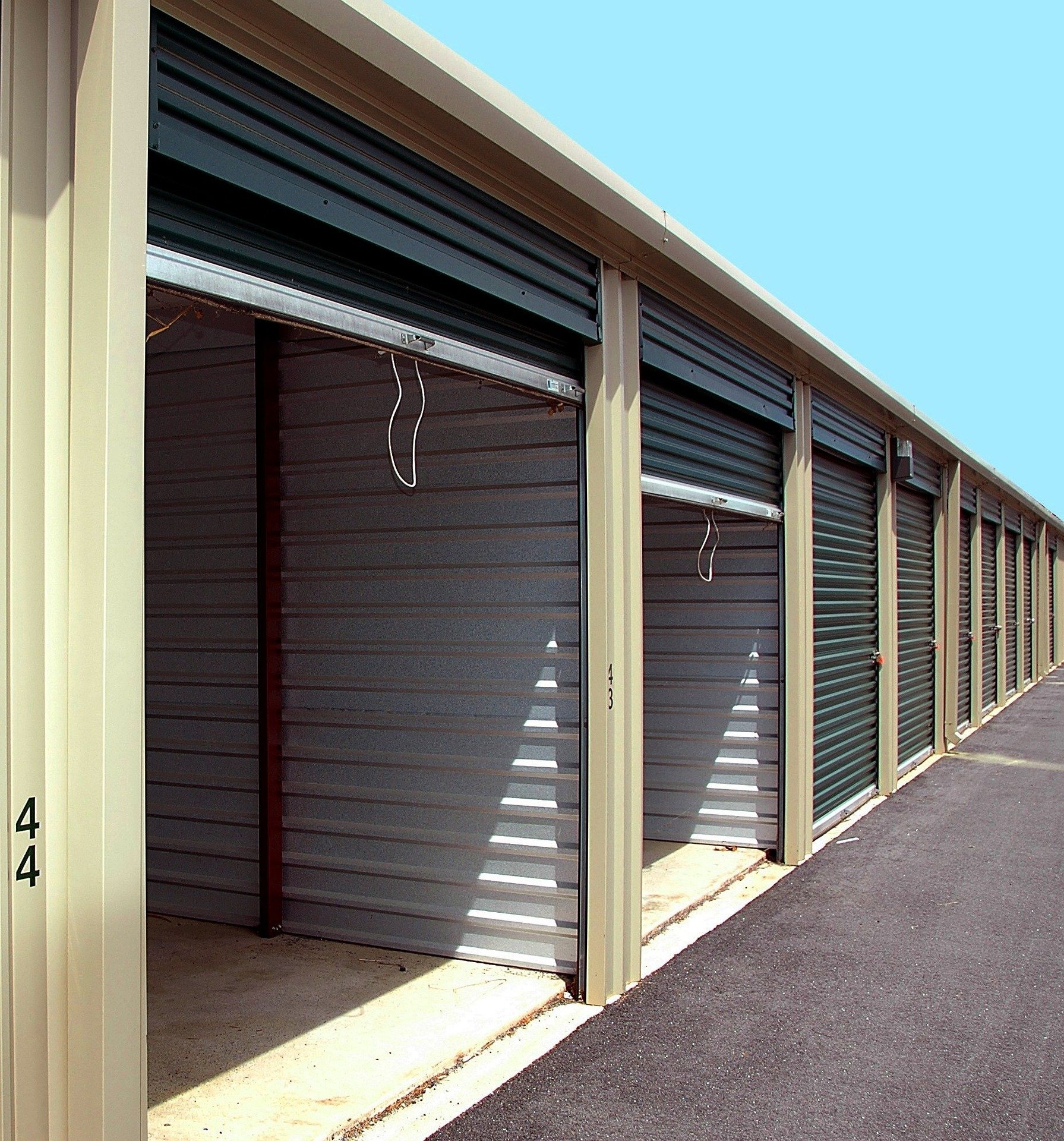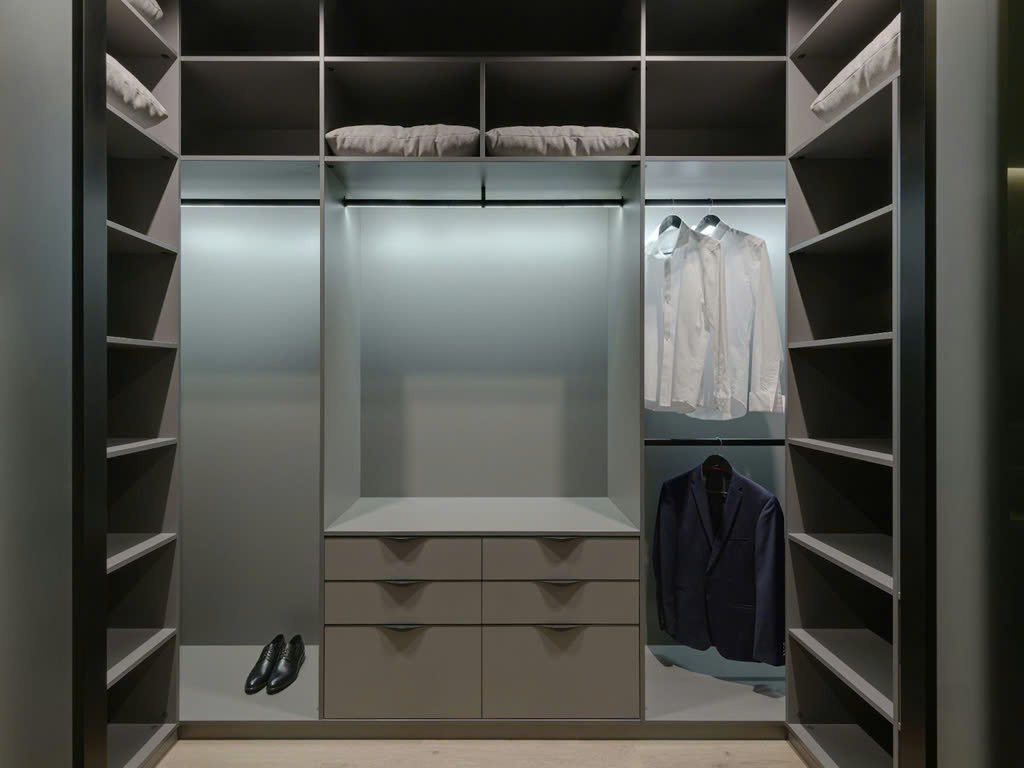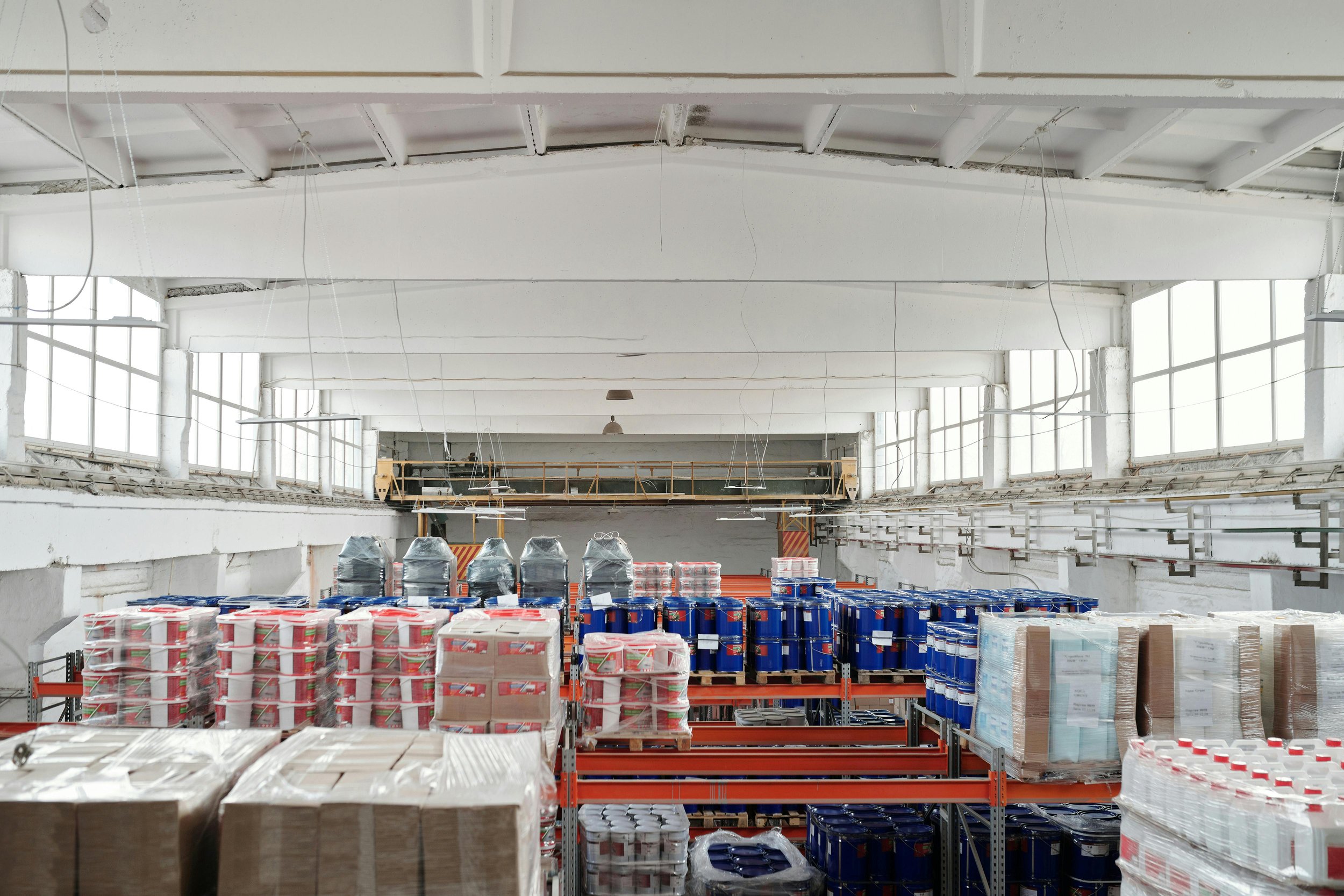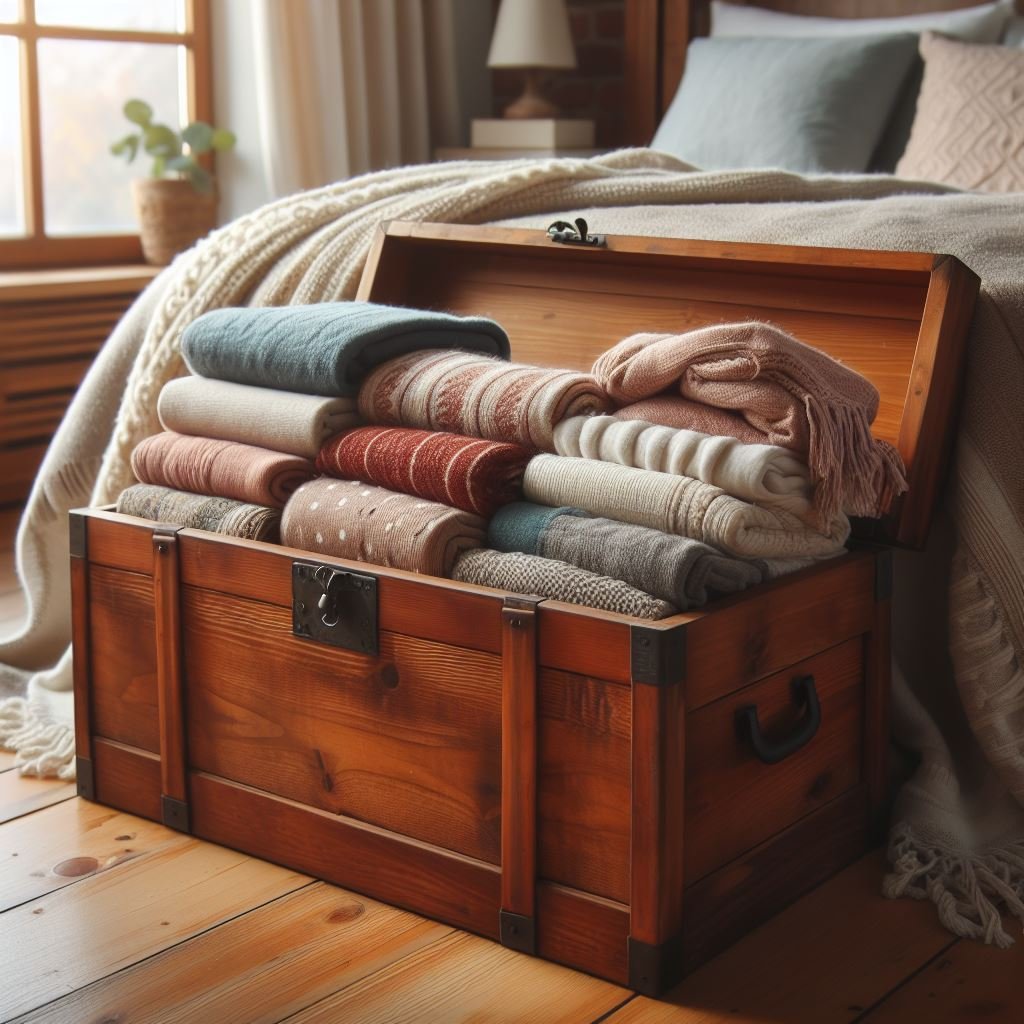8 Types of Storage Solutions & How to Find the One for You
Discover 8 smart storage solutions for every space and need, learn how to choose the right one to keep your home organized and clutter-free.
Clutter is often the result of mismatched items, underused space, and a lack of practical storage. Whether you live in a small apartment or a multi-level house, storage issues can arise from daily habits and lifestyle changes. The right solution goes beyond putting things out of sight. It’s about creating systems that reduce stress and increase productivity. Choosing a storage solution that suits your space and needs requires thought, planning, and a clear sense of purpose.
Let’s look at eight useful types of storage, how they function, and what to consider when deciding which one matches your habits and home.
Built-In Storage for Seamless Integration
Built-in storage is often found in newer homes, where closets and cabinetry are designed to blend into walls or architectural features. These options are popular for their sleek look and efficient use of space. Think of under-the-stairs cabinets, full-wall bookshelves, or window seat compartments.
Because these designs are integrated into the structure of the home, they’re best for people planning long-term stays or renovations. Custom work can be pricey, and the result is a storage option that’s both functional and tailored to the layout. For homeowners who prioritize a clean aesthetic, this type of storage offers a permanent fix without the clutter of freestanding furniture.
Freestanding Storage That Moves With You
Not everyone wants permanent installations. Freestanding storage, like cabinets, shelving units, or drawer sets, offers flexibility and ease. These are ideal for renters, frequent movers, or anyone still defining their layout.
Because they don’t require structural changes, they can be repositioned or removed without hassle. When choosing freestanding options, pay attention to dimensions, weight capacity, and visual style. They should solve a problem without creating new ones, like making a space feel crowded. Freestanding storage is great for experimenting with different arrangements before committing to a permanent setup. It allows you to adapt quickly to seasonal changes or shifting needs without renovation. Whether you're organizing a home office or tidying up a living room, this type of storage keeps things practical and visually adaptable.
Modular Units That Adapt Over Time
Modular storage systems are growing in popularity, particularly in urban homes. These systems allow you to add, remove, or rearrange components depending on your evolving needs. A shelving unit may start small and expand vertically with additional levels later on.
These systems are ideal for children’s rooms, shared spaces, or even home offices that require adaptability. Since many modular designs are lightweight and stackable, they offer a compromise between permanence and portability.
Underutilized Spaces That Hold Hidden Potential
Every home has areas that could be more productive, under beds, above cabinets, beneath staircases, or behind doors. These areas are often overlooked. Still, they can offer surprising opportunities for storage with minimal visual impact.
Pull-out drawers under beds, wall-mounted racks above entryways, thin sliding carts beside appliances, or even off-site solutions like https://www.minientreposagequebec.com/ can maximize storage without major changes. It’s about rethinking negative space and giving it a clear function.
Room-Specific Solutions That Fit the Flow
Storage needs vary depending on the purpose of each room. A kitchen may require vertical racks, drawer organizers, and wall hooks, while a bathroom might benefit from corner shelves or behind-the-mirror cabinets.
Bedroom storage often calls for a mix of closets, dressers, and specialty compartments. That’s where shoe storage solutions can come in handy, especially when paired with cubby systems or bench compartments to save time and space during morning routines. Matching the solution to the room’s function helps maintain organization and makes it easier to stick with the system.
Storage That Doubles as Furniture
Multi-functional furniture is particularly useful in small living spaces where every square foot matters. Ottomans that open up, beds with built-in drawers, or coffee tables with shelving underneath, all provide both function and form.
This category of storage can reduce the need for extra furniture while still offering enough room to keep items organized. It’s most effective in apartments or studios where minimalism is key and clutter still accumulates. When selecting these pieces, prioritize sturdy construction and ease of access to the hidden compartments. They should be comfortable and functional without feeling bulky or hard to use. With thoughtful choices, furniture with built-in storage can make a space feel more open and intentional.
Smart Storage With Digital Features
Technology has entered the world of home organization. Some storage units now include digital locks, automated lighting, or app-controlled systems for inventory tracking. These are particularly popular in modern offices, secure home environments, or tech-forward living spaces.
While not necessary for every household, digital storage can be practical for high-value items, shared living arrangements, or those looking to simplify access without compromising security. The main consideration is integration. Digital features should solve a problem, not add complexity. Look for systems that offer intuitive controls and compatibility with devices you already use. Maintenance and battery life should factor into your decision to avoid frustrating interruptions. When thoughtfully integrated, smart storage can streamline daily routines and add a discreet layer of convenience.
Choosing the Right Fit for Your Space and Lifestyle
The best storage solution aligns with how you move through your home and how you use your belongings. If items are used often, they should be accessible. If they’re seasonal, they can be tucked away. Every home has a rhythm, and that rhythm determines what systems will stay in place long-term.
Start by asking a few simple questions. Do you need to see your items to remember to use them? Do you prefer closed compartments or open displays? How often do you rearrange your rooms? Answers to these questions guide you toward systems that reduce friction and support daily routines.
Different rooms may require different approaches. Consistency in design and ease of use will help every space feel cohesive. Try not to chase the newest trend or mimic someone else's system entirely. The goal is perfection and peace when storage feels like a natural part of the environment, not an ongoing battle.
Even a single effective solution can free up both space and mental clarity. Whether you invest in custom cabinets or add a modular unit next to your desk, what matters most is that the system works for you, not against you.
Choose based on practicality, not pressure. The right storage can make your home feel more spacious, your routine more efficient, and your days a little calmer.


